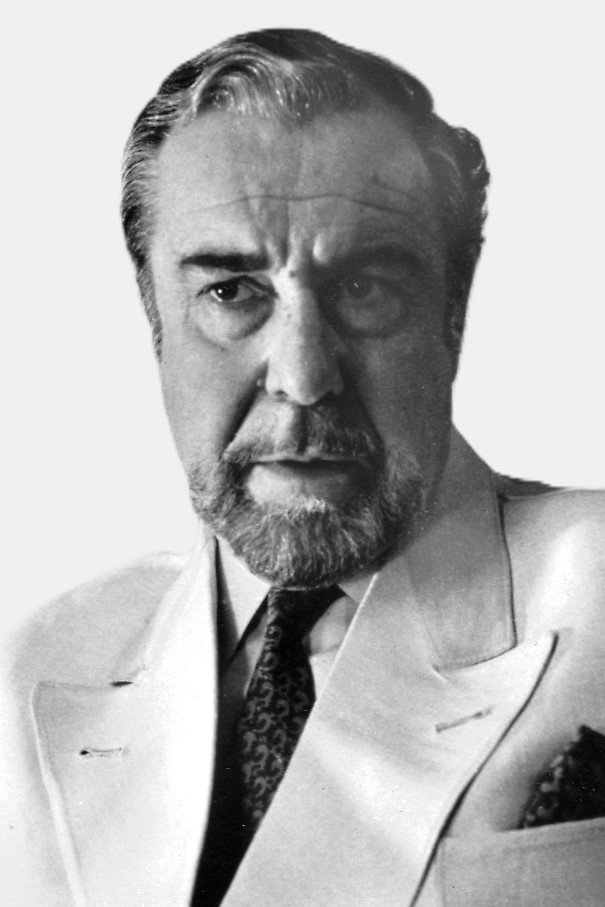
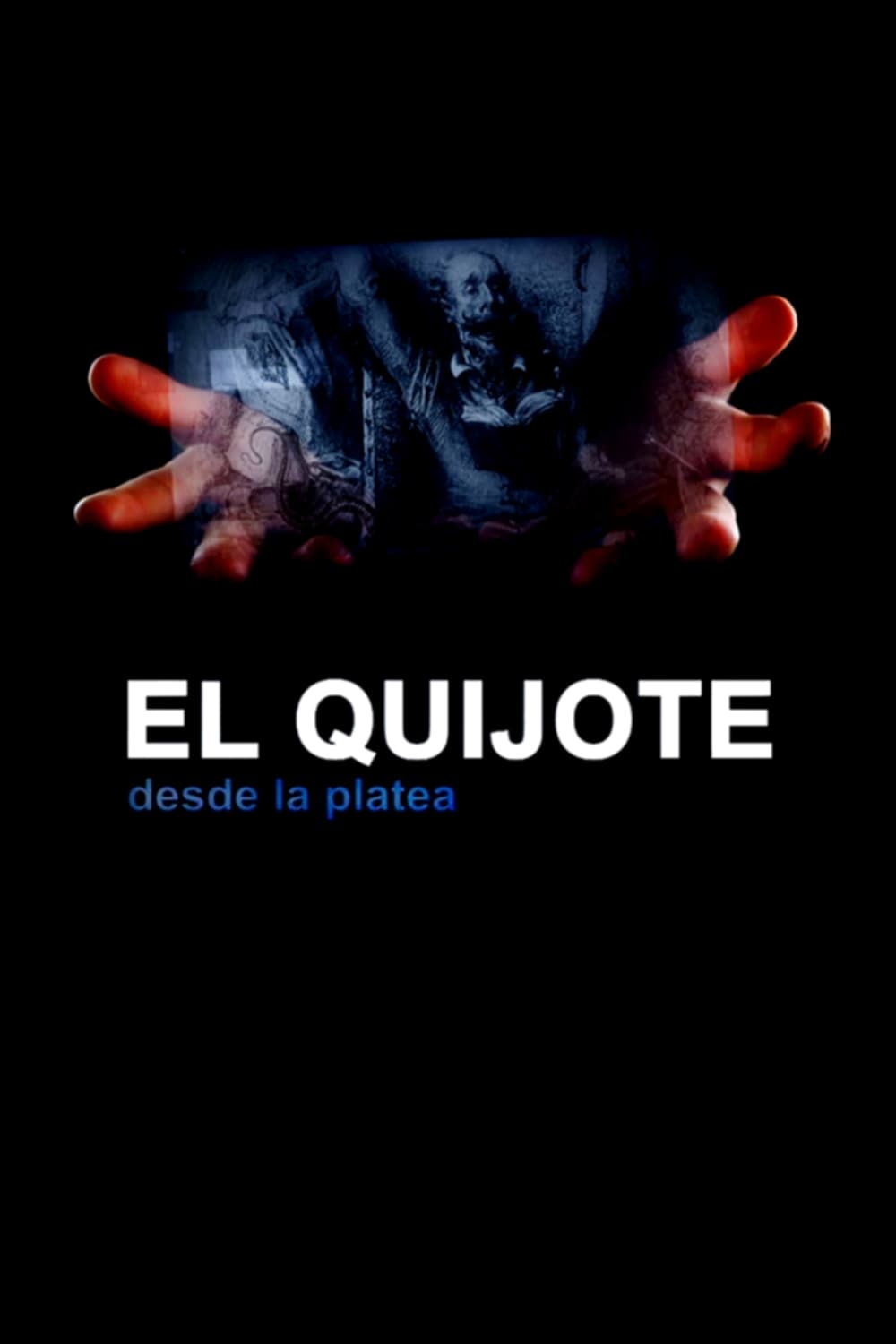
How Don Quixote de la Mancha, the immortal character created by Miguel de Cervantes in 1605, has been depicted in cinema, television, cartoons, theater, opera, ballet and other artistic disciplines. An adventure that began more than four hundred years ago in the pages of a book and is far from coming to an end.
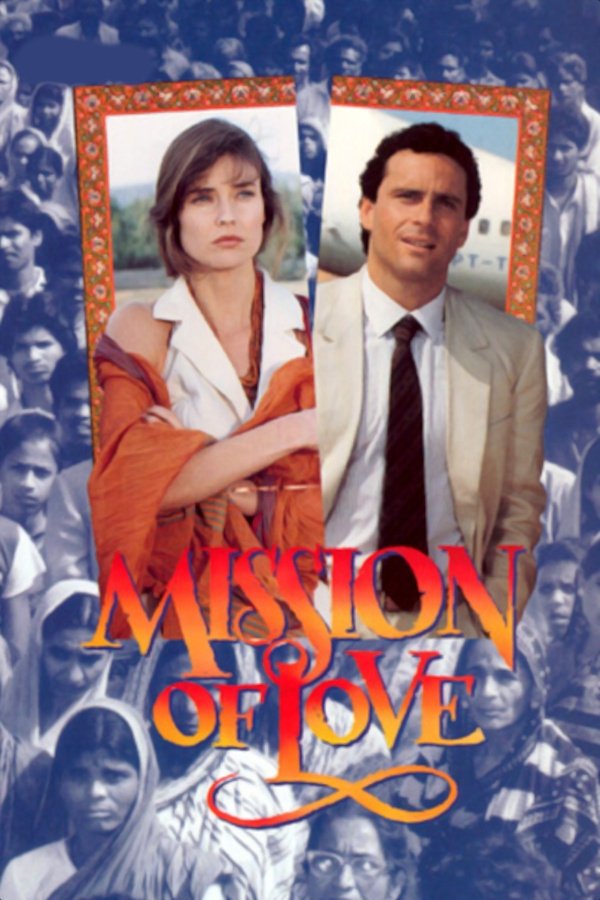
After the death of her boyfriend, Stella travels to India and decides to become a nun and help the poor.

Set between 1629 and 1631. Renzo Tramaglino and Lucia Mondella are Lombard peasants forced to separate and endure a thousand vicissitudes because of the bullying of the squire Don Rodrigo. However, during their journey they will find various people willing to help them, from Friar Cristoforo to the Innominato, from Federigo Borromeo to Donna Prassede.
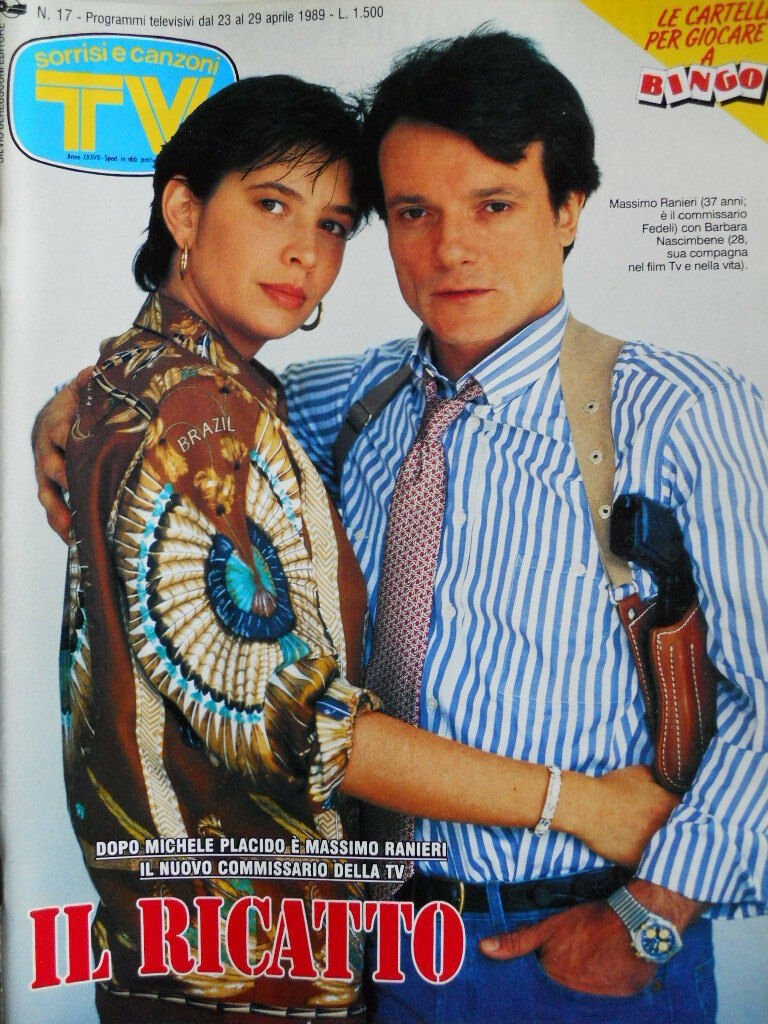
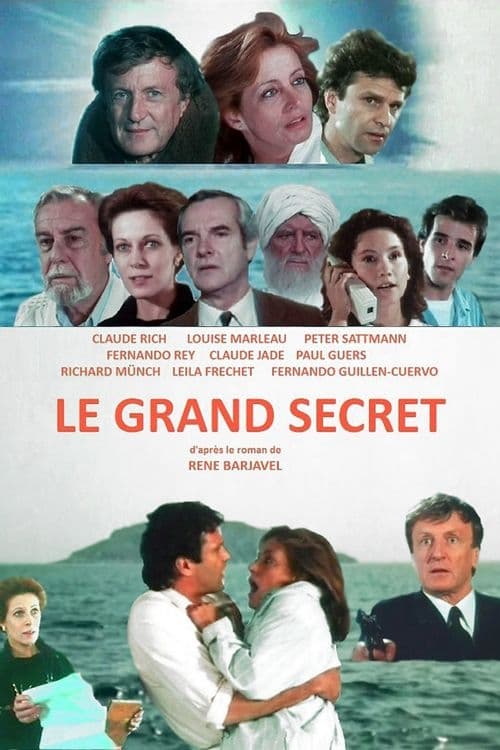
A young woman searches for her biologist lover who disappeared after an Indian scientist made a discovery that could endanger humanity.
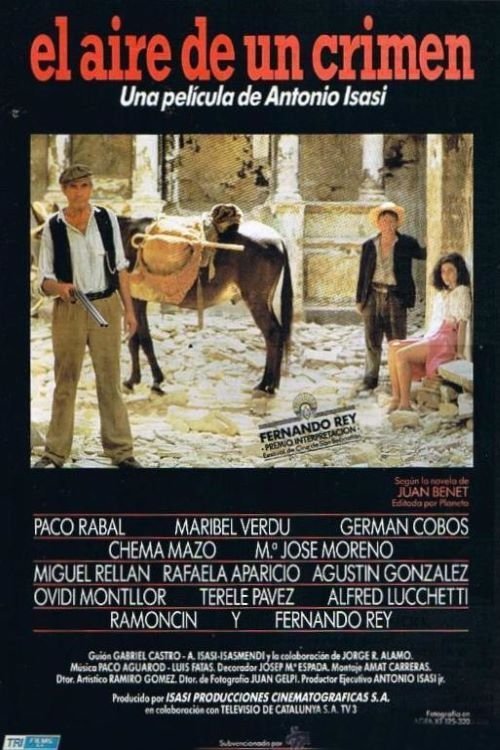
Spain, 1950s. The corpse of an unknown person appears in the town square of Bocentellas, within the mythical territory of Región. The inhabitants will ask for help to Captain Medina, young officer in command of a nearby military fort, until the arrival of the judge.


A family, expelled from their shack, occupies the museum in Cordoba where once lived the prince who, in his youth, was the grandmother's lover. The curators and administrators of the museum, aided by a couple of inexperienced policemen, harass the squatters to force them to leave.
Fernando Rey (September 20, 1917 – March 9, 1994) — best known as Fernando Rey — was a Spanish film, theatre, and TV actor, who worked in both Europe and the United States. A suave, international actor best known for his roles in the films of surrealist director Luis Buñuel (Tristana, 1970; Discreet Charm of the Bourgeoisie, 1972; That Obscure Object of Desire, 1977) and as a drug lord in The French Connection (1971), he appeared in more than 150 films over half a century. The debonair Rey was described by French Connection producer Philip D'Antoni as "the last of the Continental guys". He achieved his greatest notoriety after he turned 50: "Perhaps it is a pity that my success came so late in life", he told The Times of Madrid in 1973. "It might have been better to have been successful while young, like El Cordobes in the bullring. Then your life is all before you to enjoy it."
By browsing this website, you accept our cookies policy.